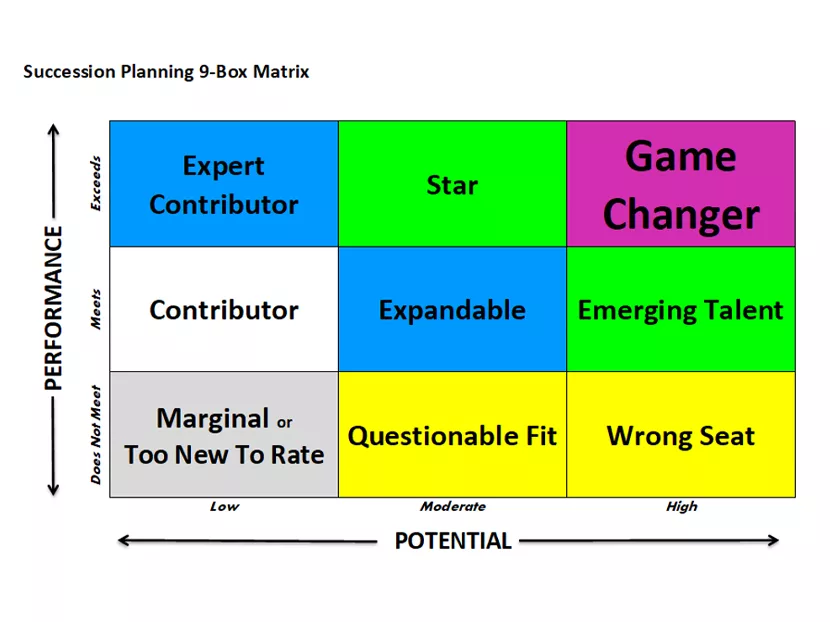Succession planning can be a powerful and strategic tool that organizations and managers use to drive sustained performance. It is a long-term plan merging an employee’s career ambitions with an employer’s future talent needs. It is the intermediate step between short-term performance management and employee development initiatives and coordinates with the multi-year corporate strategic plan.
It’s helpful to start with a well-thought-out strategic plan that paints a clear picture of where the business will be several years into the future. Successful companies will update their strategic plan by periodically adjusting the vision. In the PHCP and industrial PVF distribution industry, most organizations have a strategic plan. It’s the roadmap that helps the business stay relevant and thriving.
Unfortunately, many businesses stop when the strategic plan is developed. One and done. Sure, they may do some financial modeling, but they fail to acknowledge that it will be the people who transform the plan into reality.
That’s where the talent management concept comes in. If nine out of 10 companies in our industry have a strategic plan, then probably two of those nine have a corresponding workforce plan. It’s like a beautiful chip shot that hits the green and rolls to within an inch of the hole. Instead of tapping it in for a birdie, you ask for a Mulligan on the hole. Why stop short?
We’re hearing loud and clear about the impending talent shortage on the horizon. It’s more and more challenging to find good people. Installers are communicating the same thing as they look for solid young people to bring into apprentice programs. We can create all the strategic plans we want with ambitious intentions, but if we won’t have the people to achieve them, they’re just paper.
Thus, the need for succession planning! As mentioned, it is the connection between today’s talent and tomorrow’s organizational vision. Most people think of the term as to how the owner will avoid letting his offspring turn his life’s work to shambles. That may very well be a need, yet it’s also essential to view the concept holistically.
Succession planning needs to be used for each critical role within the organization. There is too much unknown to risk being caught unprepared. You never know when that irreplaceable key employee will get sick and be unable to perform. Or when a competitor offers a big promotion or raise to someone in a location where it will be tough to find a backfill. Or when your best sales guy wins the lottery and retires with only two weeks’ notice.
Granted, those are dramatic situations. But far less have kept business owners up at night.
Gauging Future Potential
One approach to succession planning at the organizational level is to use a nine-box matrix for talent, such as the one in Figure 1. It uses known Performance on the y-axis and Future Potential on the x-axis to help identify your key players. The process is not difficult, and you’d probably come to the same conclusions without it, but sometimes it’s helpful to put it on paper.
The concept of assigning a level of future potential can be arbitrary. Some companies try to make it as objective as possible by assigning points to criteria such as job knowledge required of multiple roles or willingness to relocate. Others simply embrace the subjectivity and are OK with it.
The key is to make the performance side of the equation as objective as possible by using a reliable measurement process. Whatever scale you’re using for performance, make sure all employees have access to a clear definition for each of the levels. As much as possible, you want to calibrate the rating from manager to manager and reduce the opportunities for variation. Once your existing people are assigned a box in the matrix, you can designate different learning opportunities for them.
Finally, take a key position in your organization — one in which you’d be up a creek without a paddle if the person left — and assess whether there are potential backfills in any of the purple or green boxes. Assign each of them a timeframe for readiness. You can then attach training, stretch assignments, reading, eLearning courses, mentoring connections, etc., to their development plans. Accelerate their readiness timeframe!
Succession planning should be interconnected with other talent initiatives. The nine-box module already shows a natural alliance between performance and succession. Employee development is the next step after succession planning since it will then prepare your employees for the future needs of the organization.
Done well, succession planning and employee development will drive employee retention, thus more efficiently protecting the investment you’re making in your employees and providing a healthy ROI on your training efforts.
Sound complicated? It doesn’t have to be. If you need help, find a resource to get your succession planning process jump-started to ensure you don’t fall behind. The “talent treadmill” will start getting faster as more of your key employees retire or exit your organization. It is best to start the planning before that happens to leverage their tribal knowledge. Will you be ready?





